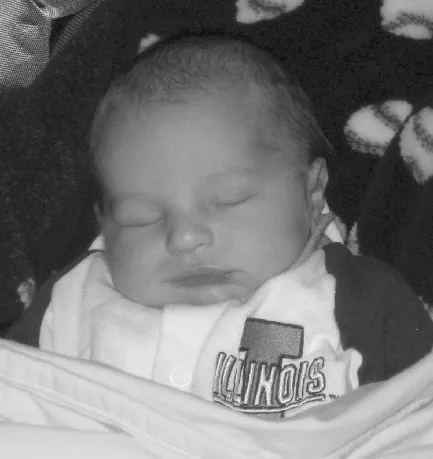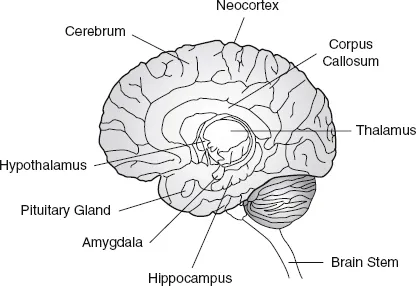
- 144 pages
- English
- ePUB (mobile friendly)
- Available on iOS & Android
About this book
"This tool shows how classrooms can differentiate instruction, spend time on what really matters, and make sure that all children are making progress. I love the practical applications for each age level and what teachers can do to support optimal learning in their classrooms. Fantastic!"
—Stephanie Malin, Elementary Instructional Coach
Beaverton School District, OR
"The author has managed to untangle a very complex topic and make it applicable to everyday learning and teaching. The continuous application of research to learning is a strength of the book. A true gift to a broad band of educators."
—Laura Linde, Literacy Coach
Hoover Elementary School, North Mankato, MN
Finally, a book for early childhood educators that combines child development and brain research!
How can early childhood teachers, administrators, and parents translate discoveries on early brain development into strategies that nurture cognitive growth? Synthesizing information from neuroscience, cognitive psychology, and child development, The Developing Brain offers brain-compatible teaching practices that are linked to NAEYC principles for working with young children.
Best-selling author Marilee Sprenger covers the basic structure, vocabulary, and current research on the brain from an early childhood educator?s point of view and provides an abundance of illustrations and descriptions. This user-friendly guide includes:
- Background information on brain development from birth through age two
- Scenarios and snapshots of each year from age three through eight
- Reproducible developmental checklists
- Over 100 brain-based activities for classroom or child care settings
Through an understanding of the phases of language, motor, and social development at each age level, educators can create enriching educational experiences that enhance children?s growth and foster an enduring love of learning.
Frequently asked questions
- Essential is ideal for learners and professionals who enjoy exploring a wide range of subjects. Access the Essential Library with 800,000+ trusted titles and best-sellers across business, personal growth, and the humanities. Includes unlimited reading time and Standard Read Aloud voice.
- Complete: Perfect for advanced learners and researchers needing full, unrestricted access. Unlock 1.4M+ books across hundreds of subjects, including academic and specialized titles. The Complete Plan also includes advanced features like Premium Read Aloud and Research Assistant.
Please note we cannot support devices running on iOS 13 and Android 7 or earlier. Learn more about using the app.
Information

1

The Basic Biology of Brain Development



| Left Hemisphere | Right Hemisphere |
| Logical | Holistic |
| Details | Big picture |
| Language: speech, grammar, sounds | Language: prosody, tone |
| Expressive and receptive language | |
| Verbal short-term memory | Sensory image memory |
| Secondary processing of the | Secondary processing of emotional |
| expression of pleasurable emotion | communication: sending of unpleasurable |
| emotional signals; reception of both | |
| pleasant and uncomfortable feelings | |
| Reading body language | |
| Facts | Events |
| Abstract processing | Concrete processing |
| Knowledge | Emotional significance of knowledge |
(Rodriguez, 2007).

Table of contents
- Cover
- Dedication
- Title Page
- Copyright
- Contents
- Preface: You Don’t Know Jack!
- Acknowledgments
- About the Author
- Introduction
- 1. The Basic Biology of Brain Development
- 2. Building the Brain Through Age Two
- 3. The Three-Year-Old Brain
- 4. The Four-Year-Old Brain
- 5. The Five-Year-Old Brain
- 6. The Six-Year-Old Brain
- 7. The Seven-Year-Old Brain
- 8. The Eight-Year-Old Brain
- Bibliography
- Index